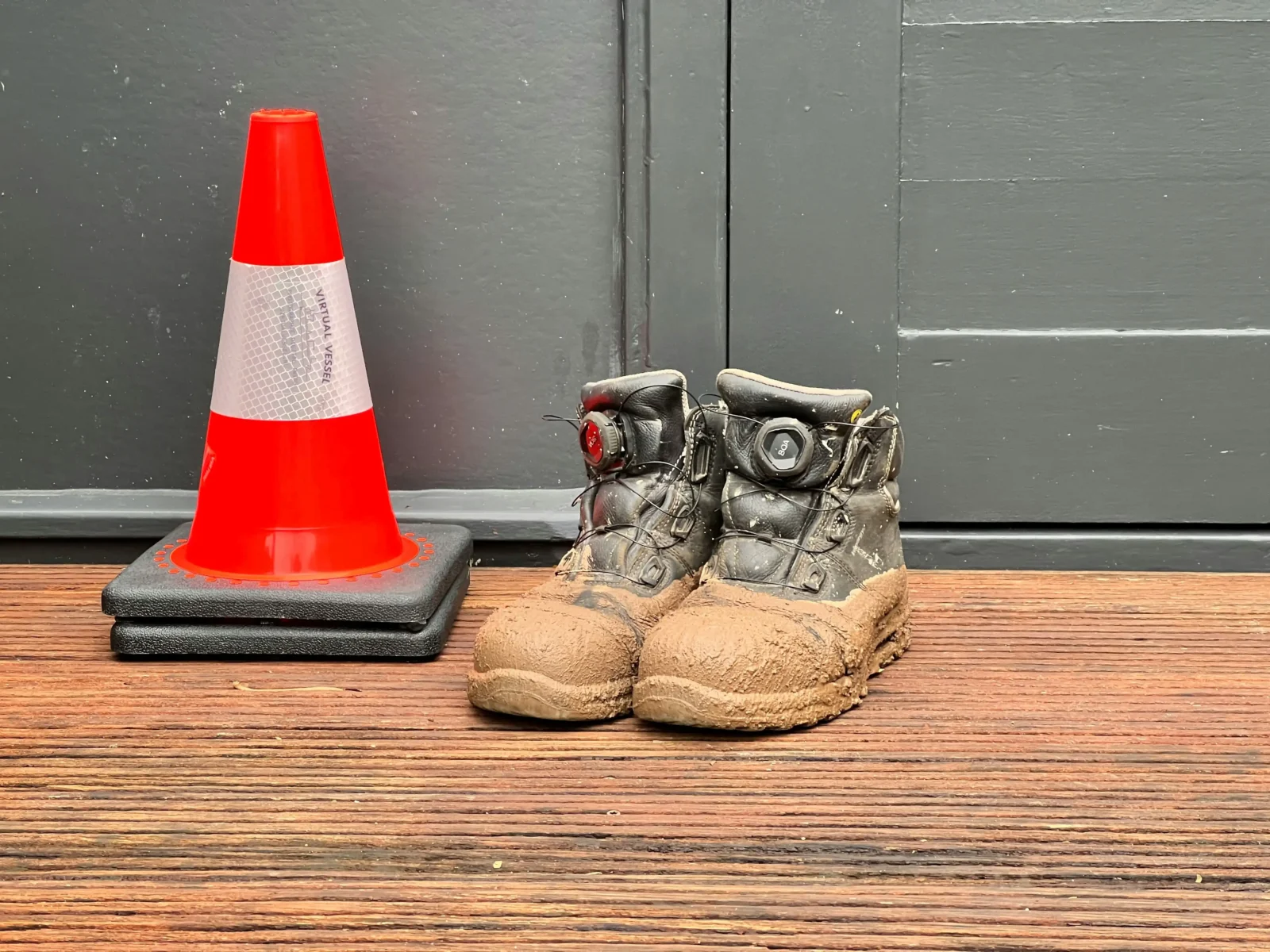- Home
- Articles
- Architectural Portfolio
- Architectral Presentation
- Inspirational Stories
- Architecture News
- Visualization
- BIM Industry
- Facade Design
- Parametric Design
- Career
- Landscape Architecture
- Construction
- Artificial Intelligence
- Sketching
- Design Softwares
- Diagrams
- Writing
- Architectural Tips
- Sustainability
- Courses
- Concept
- Technology
- History & Heritage
- Future of Architecture
- Guides & How-To
- Art & Culture
- Projects
- Interior Design
- Competitions
- Jobs
- Store
- Tools
- More
- Home
- Articles
- Architectural Portfolio
- Architectral Presentation
- Inspirational Stories
- Architecture News
- Visualization
- BIM Industry
- Facade Design
- Parametric Design
- Career
- Landscape Architecture
- Construction
- Artificial Intelligence
- Sketching
- Design Softwares
- Diagrams
- Writing
- Architectural Tips
- Sustainability
- Courses
- Concept
- Technology
- History & Heritage
- Future of Architecture
- Guides & How-To
- Art & Culture
- Projects
- Interior Design
- Competitions
- Jobs
- Store
- Tools
- More
Construction Insurance Verification Essentials: What You Need to Know

Construction insurance verification is a vital aspect of any construction project. It is crucial to ensure that all contractors, subcontractors, and vendors have adequate insurance coverage to handle potential risks and liabilities. The process of construction COI verification can be time-consuming and complex, but it is essential to protect all parties involved in the construction project.
One of the essential components of construction insurance verification is the Certificate of Insurance (COI). A COI is a document that contractors, vendors, and other individuals can use to verify insurance coverage. It typically includes policyholder information, policy limits, and coverage types. It is important to ensure that the COI matches the contract requirements and that the coverage is adequate.
The insurance verification process involves an official COI request and can include sending automated alerts for expiring policies, missing certificates, or coverage changes. In addition, it is important to contact the insurance company listed on the COI to confirm the contractor’s workers’ compensation coverage.
Understanding Construction Insurance

Construction insurance is a specialized form of coverage designed to protect construction companies, contractors, and project owners against the unique risks and liabilities inherent in the construction industry. It offers proof of insurance coverage and provides protection against potential losses and damages. This section will discuss the various types of policies and coverage in construction insurance and the insurance requirements and regulations.
Types of Policies and Coverage
There are several types of policies and coverage available in construction insurance, including:
- General Liability Insurance: This policy provides coverage for bodily injury, property damage, and personal injury caused by the contractor or their employees.
- Professional Liability Insurance: This policy provides coverage for errors and omissions made by the contractor or their employees.
- Contractor Insurance: This policy provides coverage for the contractor’s tools, equipment, and vehicles. Many crews sort this out early by using services that help them get insurance coverage for contractors, ensuring every worker is properly insured before they step on-site.
- Property Insurance: This policy provides coverage for damage to the project site and any materials or equipment stored on-site.
- Builders Risk Insurance: This policy provides coverage for damage to the project during construction.
Insurance Requirements and Regulations
Construction insurance requirements and regulations vary by state and project type. However, some common insurance requirements include:
- General Liability Insurance: Most states require contractors to carry general liability insurance.
- Workers’ Compensation Insurance: Most states require contractors to carry workers’ compensation insurance to cover employee injuries.
- Auto Insurance: Contractors are required to carry auto insurance for any vehicles used in the course of their work.
- Professional Liability Insurance: Some states require contractors to carry professional liability insurance.
- Bonding: Some projects require contractors to be bonded to ensure completion of the project.
Insurance Verification Process

When it comes to construction insurance verification, the process can be complex and time-consuming. However, it is essential to ensure that all parties involved have adequate insurance coverage to minimize risk and liability. Here are the key steps involved in the insurance verification process.
Certificate of Insurance (COI)
The Certificate of Insurance (COI) is a document that provides proof of insurance coverage. It is important to obtain a COI from all subcontractors before they begin work on a project. The COI should include the name of the insurance company, the policy number, and the dates of coverage. It should also list the coverage limits and endorsements.
Verifying Coverage Limits and Endorsements
Once you have obtained the COI, it is important to verify that the coverage limits and endorsements meet the contract requirements. The coverage limits should be adequate to cover any potential losses, and the endorsements should be specific to the project.
To ensure accuracy, it is recommended to use software that can send automated alerts for expiring policies, missing certificates, or coverage changes. This can help to streamline the verification process and ensure that all parties have the necessary insurance coverage.
Risk Management in Construction

Construction projects come with a variety of risks that can result in financial losses and liability claims. Therefore, it is essential to implement a risk management plan to mitigate these risks and ensure financial protection. This section will discuss the importance of risk management in the construction industry and two vital aspects to consider when managing risks.
Mitigating Liability Risks
Liability risks are a significant concern in the construction industry. Construction companies must protect themselves from potential liability claims resulting from property damage, bodily injury, or other incidents that may occur during construction projects. Liability coverage is essential for construction companies to protect themselves from financial losses resulting from these claims.
To mitigate liability risks, construction companies must ensure that they have adequate liability coverage and that their subcontractors have the same coverage. They should also ensure that all contractors and subcontractors comply with safety regulations and follow proper procedures to minimize the risk of accidents and injuries.
Consulting a personal injury lawyer can strengthen this protection, as they can provide expert advice on handling liability claims and offer key legal support if disputes arise.
Ensuring Contractor and Subcontractor Compliance
Construction companies must ensure that their contractors and subcontractors comply with all safety regulations and follow proper procedures to minimize the risk of accidents and injuries. They should also verify that their contractors and subcontractors have the necessary liability coverage to protect themselves from potential liability claims.
To ensure compliance, construction companies should implement a system to track and verify insurance coverage for all contractors and subcontractors. They should also require their contractors and subcontractors to provide proof of insurance coverage before starting work on a project.
Technology and Best Practices for Insurance Verification

When it comes to insurance verification in the construction industry, technology and best practices play a crucial role in ensuring that the process is conducted accurately and efficiently. In this section, we will discuss some of the essential technologies and best practices that can help construction companies streamline their insurance verification process.
COI Management Software
Certificate of Insurance (COI) management software can be a game-changer for construction companies. Such software can help automate the process of verifying the accuracy of COIs provided by subcontractors. It can also ensure that the COIs match the contract requirements and that the coverage is adequate.
COI management software can also send automated alerts for expiring policies, missing certificates, or coverage changes. This can help construction companies stay on top of their insurance verification process and avoid any potential gaps in coverage.
Streamlining Communication and Documentation
Streamlining communication and documentation is another essential aspect of insurance verification best practices. Construction companies should have a clear and concise communication plan in place to ensure that all parties involved in the project are on the same page regarding insurance requirements.
Using an enterprise resource planning (ERP) system or Excel spreadsheets can help construction companies keep track of insurance requirements and ensure that all documentation is up to date. Additionally, having a central repository for all insurance-related documentation can help streamline the process and make it easier to access and review.
illustrarch is your daily dose of architecture. Leading community designed for all lovers of illustration and #drawing.
Submit your architectural projects
Follow these steps for submission your project. Submission FormLatest Posts
Understanding Site Safety Footwear in Architectural Practice
Architecture is often discussed through drawings, models, and finished buildings, yet a...
General Arrangement Drawings in Architecture: The Backbone of Clear Design Communication
General Arrangement Drawings explained: what they are, when to use them, how...
The Ultimate Guide to Fencing in North Dakota: Choosing the Best Fence for Your Property
Watching a chain link fence twist in 70 mph winds near Minot...
Gaudí: Where Architecture Meets Science
Gaudí: Where Architecture Meets Science shows catenary arches, ruled surfaces, and biomimicry...












Leave a comment